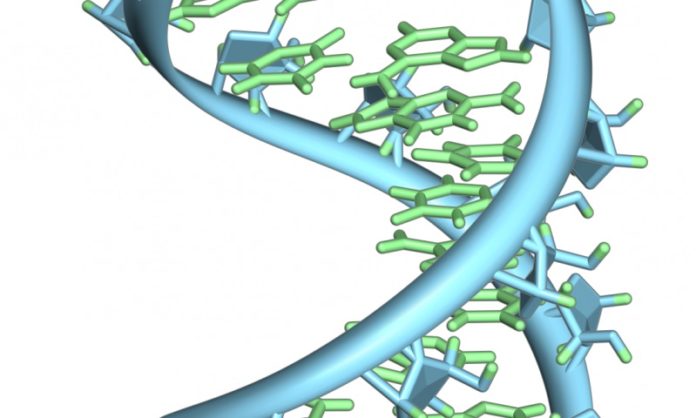Single-cell RNA sequencing has emerged as an indispensable tool to dissect the cellular heterogeneity and decompose tissues into cell types and/or cell states, which offers enormous potential for de novo discovery. The technique makes it possible to obtain the functioning of a single cell i.e., molecular fingerprint.
Basically, the procedure decides the composition of the messenger RNA (mRNA) populace show in a cell. mRNAs are duplicates (‘transcripts’) of characterized portions of the genetic data encoded in the cell’DNA, which serve as the blueprint for the synthesis by particular organelles called ribosomes of the particular proteins required in every cell’s type.
In this manner, the mRNAs display in a cell amounts to a list of the proteins made by that cell, which basically uncovers its functional state. By recognizing the genes that were dynamic in the season of examination, it can reveal to us how these genes are controlled, and what happens when this procedure is disrupted by contamination or other disease states.
Although, sequencing of all mRNAs from a single cell is a demanding task, and a few unique systems have been outlined and executed. All begin with the reverse transcription of the isolated mRNAs into DNA by enzymes known as reverse transcriptases.
Now, scientists at the Ludwig Maximilian University of Munich have improved both the sensitivity and efficiency of a popular method for single-cell RNA sequencing. Their method yields a sub-atomic unique finger impression for singular cells in light of their examples of gene activity.
LMU molecular biologist Professor Wolfgang Enard said, “The trick is to supplement the reverse transcriptase reaction with an agent that increases the density of the medium. This induces molecular crowding, and speeds up the reaction so that more RNA molecules are transcribed into DNA strands.”
“A second modification reduces the incidence of preferential amplification of certain DNAs, which would otherwise distort the representation of the RNAs present in the original cell. Together, these modifications make our method, mcSCRB-seq, one of the most effective and economical RNA-seq procedures currently available.”
The study goal is to assemble a catalog of all human cell types, from embryo to adult, based on their specific patterns of gene activity.
Scientists have presented their findings in Nature Communications.
